The Arctic Circle: A new frontier for sustainable wine
Once seen as experimental and at the fringe of what's possible, a commercial wine industry in regions just below the Arctic circle is taking advantage of the warmer summers.
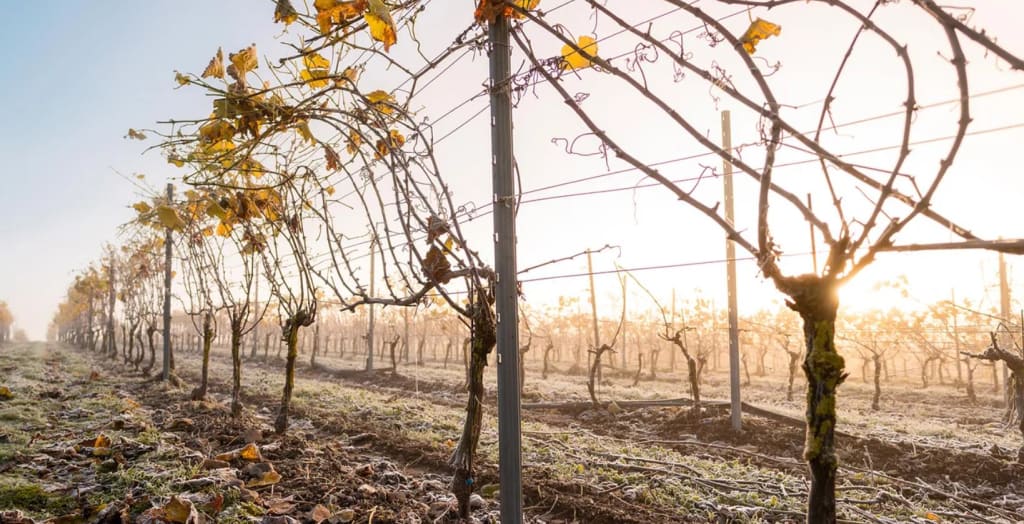
When Emma Serner met and fell in love with Italian enologist Andrea Guerra in Tuscany, the young couple began to dream about starting their own vineyard together. "We were both very invested in climate topics and environmental questions," said Serner, who was interning at the vineyard Guerra was working at. "But I really felt like it would be impossible to do in the south of Europe. Climate change really has become drastic and it's affecting agriculture in a very severe way."
In recent years, heat waves, drought and smoke from wildfires have wreaked havoc on vineyards around Europe, making it increasingly difficult to produce the same legacy wines that producers have consistently been churning out for centuries. Last year, southern European winemakers faced historically low harvests due to bad weather.
Serner suggested heading up to her home country of Sweden and setting up a vineyard on the island of Gotland, a southern province with warm, mild summers where her grandmother owned a summerhouse.
But Guerra wasn't sure. "He had never heard of Gotland," Serner said, "He asked, 'What is it? Are there polar bears?' You know, all the southern European myths about Sweden came up. And then he started asking very intricate questions about soil composition, climate, air humidity, UV radiation and the average temperature. After quite a while, he said he was still very sceptical, but there is potential."
They took a leap of faith, and today, Serner and Guerra are the co-founders of Långmyre Vineri – a 10-acre vineyard on Gotland, with a collection of 26,000 vines. They are part of a small yet growing cohort of Swedish winemakers whose collective land area spans between 370 to 500 acres. "It was really just a fantasy," admitted Serner. "But things kind of escalated quite quickly."
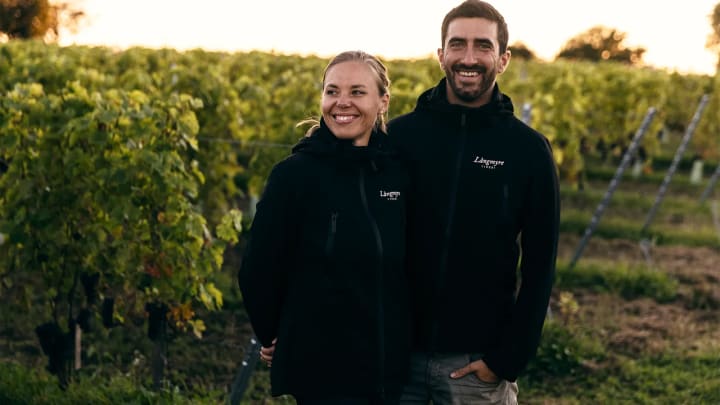
As the world gets hotter, cool climate viticulture is becoming increasingly attractive. Since the late 1800s, the average global temperature has risen about 1C, which might seem incremental but has significant repercussions for the wine industry. "A 2C global increase in temperature could remove 55% of wine growing regions worldwide and 4C could remove over 70% of these regions from production," said Debbie Inglis, the director of the Cool Climate Oenology and Viticulture Institute in Canada, citing a 2020 study.
Once seen as experimental and at the fringe of what's possible, a commercial wine industry in regions just below the Arctic circle is taking advantage of the warmer summers. In the last decade, southern Sweden, Denmark, Canada and even parts of Norway have become emerging wine destinations, a development spurred by hotter summers and the introduction of disease-resistant hybrid grape varieties that can resist the frigid winters.
"During the last 20 years, we've had the opportunity to harvest grapes on yearly basis," said Lotta Nordmark, a horticulturist and researcher at the Swedish University of Agricultural Sciences, about the Swedish wine industry. "In earlier years when you tried to grow wine in Sweden, it wasn't guaranteed that you could get a good harvest every year."
Sweden has been dabbling in viticulture since 1999, but wine makers didn't start hitting their stride until around 2010 when cold-hardy hybrid grapes like Solaris were introduced via Germany, according to Sveneric Svensson, the chairman of the Swedish Wine Association. "Solaris was born in Frankfurt, but it's really too warm for it there," Svensson said. "In Sweden, because it's colder, it's got a slow and nice development that doesn't ripen that brutally."
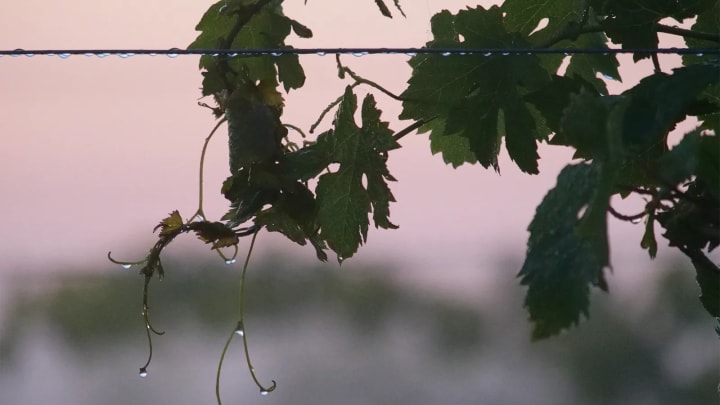
From an environmental standpoint, hybrid grapes are disease resistant cultivars that don't require much or any pesticides or fungicides – the main reason why Serner and Guerra decided to set up shop in southern Sweden instead of Italy. "We firmly believe that these hybrid varieties are the future of sustainable wine growing," said Serner. "People are so fixated with making the same wine from the same varieties, even though the recipe that was written 200 years ago was made when the world looked different."
In old wine countries like Italy and France, there are strict appellation rules dictating what type of grapes can be grown and where. But the problem is that with the changing climate, some of these legacy grapes no longer thrive as well as they did before.
"If you grow the conventional varieties, you can try to be organic, but you will have to spray at one point because they will get sick," said Serner. "We didn't want to be locked in that situation." Many emerging wine regions, on the other hand, do not have regulations on grapes – a freedom that many winegrowers find to be more sustainable in the long run.
On Sweden's largest vineyard, Arilds Vingård, head winemaker Joe Roman estimates that 90% of their grapes are of the Solaris variety, which can be made into bright white or sparkling wines with high levels of acidity. Roman, who grew up in California and studied wine making in Oregon, also chose to work in the Swedish wine industry because of its predilection for hybrids. "It's much better for the planet. You spray much less," he said.
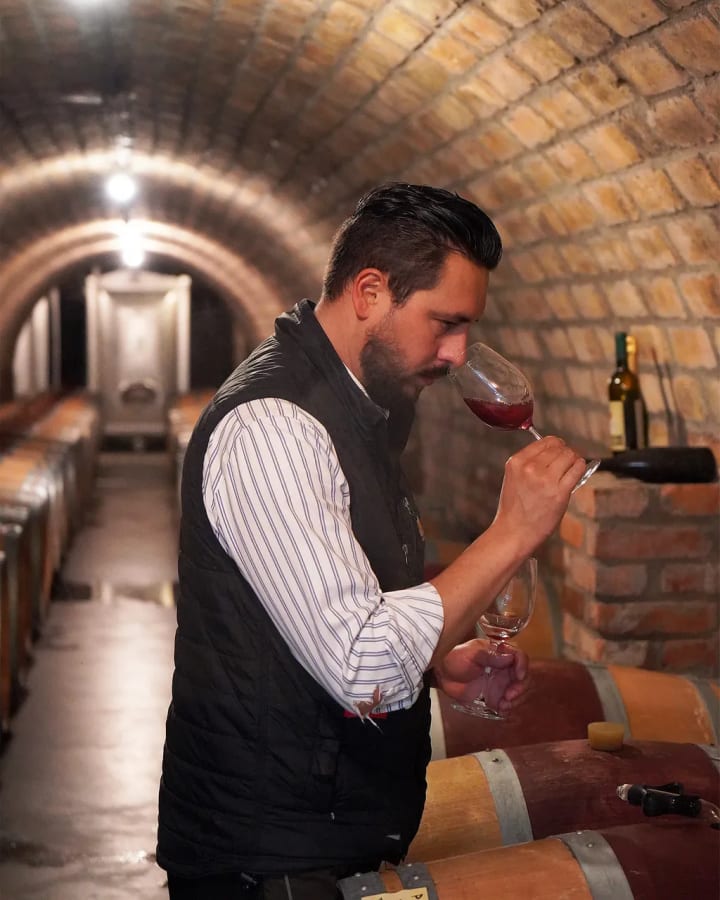
Located on a peninsula in southern Sweden, Arilds looks like a classic European vineyard. Rows of perfectly manicured vines sit neatly on 74 acres of land; a cluster of glamping tents for guests is situated in the middle. Near the entrance, a restaurant and bar is packed with visitors in sundresses and cargo pants sipping on a range of estate-made white, sparkling and rosé wines.
And they're not the only ones offering an all-inclusive experience. Further north in the neighbouring province is Ästad Vingård, a resort and vineyard with a Michelin-starred restaurant on its property, where patrons can take guided vineyard tours before heading to dinner or enjoying an underwater sauna. The estate specialises in sparkling wine; winemaker Claes Bartoldsson estimates they've churned out around 25,000 bottles this year. The plan is to eventually multiply that production number by 10. "Last year we had the biggest harvest here ever and the rest of Europe was a disaster," said Bartoldsson, citing reports of flooding, hail and diseases down south.
"Last year we had the biggest harvest here ever and the rest of Europe was a disaster."
Touring the two Swedish vineyards in the summer is a novelty for Scandinavians who have never thought to associate their part of the world with wine. It's just warm enough to inspire shorts and a T-shirt, but rarely gets so scorching hot as to force people to seek refuge in the shade. By contrast, at least one wine festival was cancelled this year in Bordeaux, France, as officials temporarily banned outdoor and non-air conditioned gatherings due to extreme heatwaves.
At both Arilds and Ästad, wines made from Solaris grapes are the highlights; they taste bright and floral, with notes of green apple, elderflower and pear. "Many of the Solaris wines taste very much like Sauvignon Blanc in New Zealand. You have the freshness and it's very crispy wine," said Jeanette Bohman, owner of Swedish Wine Center, a bar dedicated to highlighting wines in the region. Bohman admits that the quality of local wine wasn't exactly up to par a decade ago but has really matured in the last six years. "We have about 80 different Swedish wines at the wine bar," she said. "They're all good in some way. They have their own taste. They have their own character."
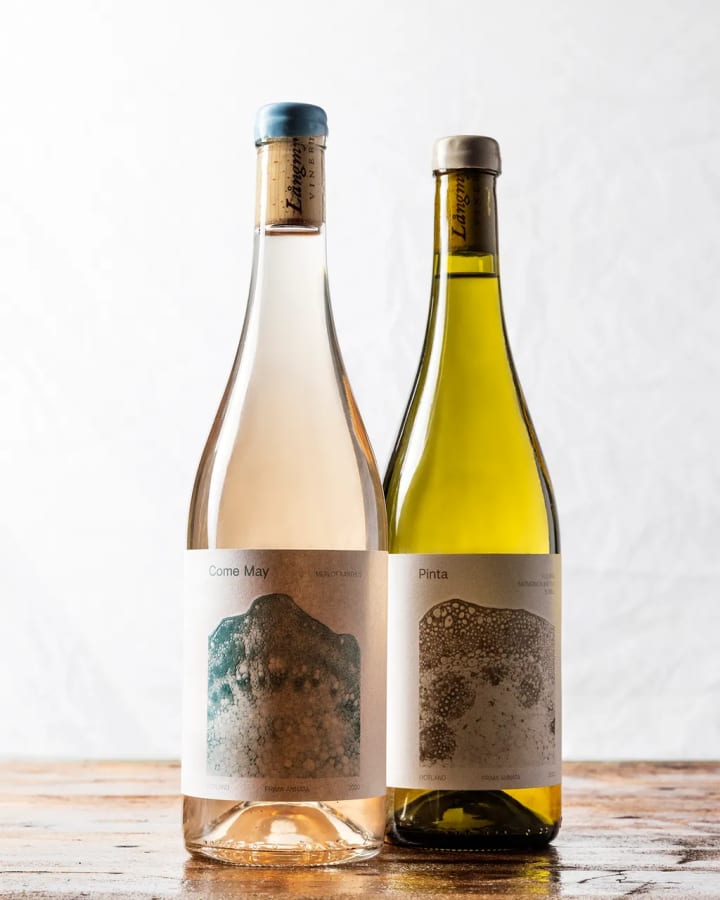
The wine scene in Denmark is similar – albeit a bit older. "We first saw winemaking in Denmark in the '90s," said Kristian Rise, the beverage manager of POPL Burger, a Copenhagen burger restaurant owned by Rene Redzepi of Noma. "I remember having snowstorms in October when I was little. This doesn't happen anymore and is therefore great for winemaking."
In his spare time, Rise makes his own wine, and he and his father tend to 150 Rondo grapevines, a hybrid dark grape with a flavour profile of red berries, dark spicy fruit and rhubarb. "Typically, dark skinned grapes have a hard time ripening here but Rondo can survive the colder late summer and still yield good colour and aromas," he said. He predicts that the Danish wine scene will only continue to grow, comparing it to that of Germany.
Yet despite the optimism, the market for Scandinavian-made wine remains quite limited. "We are not yet competitive on an international market," said Nina Højgaard Jensen, an award-winning Danish sommelier, pointing out that the wines simply have not had enough time to cultivate "a sense of place" compared to their southern European counterparts.
Price relative to quality is another limiting factor. "[Swedish wine] is quite good but not extraordinary good," added Per Karlsson, a Swedish wine writer and co-founder of BKWine Magazine, noting that a single bottle can sometimes cost up to 30 euros. "Labour is expensive and quite frankly, even if though it's slightly warmer today, it's still a challenging climate. There is also a huge challenge from a marketing perspective. People tend to drink wines that they're familiar with."
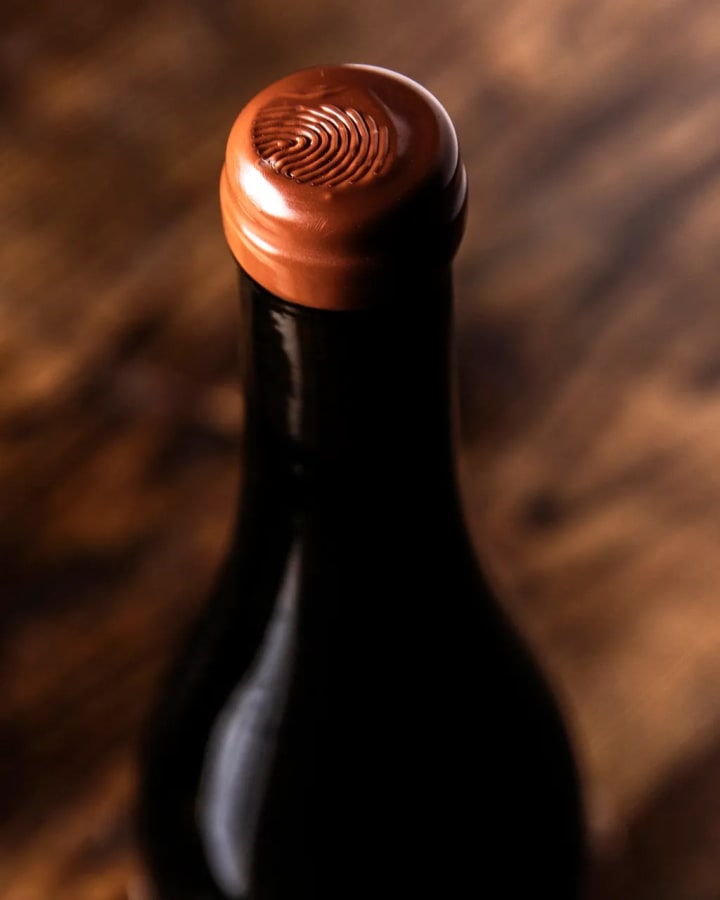
That familiarity, however, might eventually change as the climate crisis alters the chemistry of wine. Hotter temperatures make grapes produce more sugar, which is then converted to alcohol.
"We've seen slightly higher alcohol in many places. There's been a move worldwide from roughly 12%, maybe 100 years ago as an average, to about 14% today," said Gregory Jones, wine climatologist and CEO of Abacela Winery in Oregon. High alcohol levels are desirable if the producer is going for a full-bodied dry red wine, but in places like Champagne, growers have had to adapt drastically in order to retain brightness in their sparkling wines. One of the distinguishing features of cool climate wine is its relatively low alcohol content – an envious and harder-to-achieve trait for producers located down south.
Growers located in cold climates have a clear advantage when it comes to making white and sparkling wines. "You can say that Nova Scotia is a carbon copy of Champagne 25 years ago," said Jean-Benoit Deslauriers, head winemaker of Benjamin Bridge in Nova Scotia, Canada. "As things migrate with the climate crisis, all of a sudden we have this textural lushness in our wine that is a by-product of a longer growing season." (While Nova Scotia is at the same latitude as parts of France, its climate is more similar to southern Sweden because of ocean currents.)
Growers located closer to the poles have a clear advantage when it comes to making white and sparkling wines
Jones agreed. "Maybe not an absolute carbon copy but very close," he said. "Similar to the United Kingdom, Nova Scotia has warmed enough over the last 25 years to have longer growing seasons that allow fruit to ripen to levels seen in Champagne a few decades ago."
The shift in growing conditions might sound romantic, but winemakers up north are careful not to glorify the effects of climate change. "Climate change is more of a problem for others than a benefit for us," stressed Svensson. While producers in colder climates are spared from intense heat waves, they have their own set of challenges like early frost, mildew and rot. Exceptionally frosty springs can cause bud damage to the vines, and cold weather can ruin entire harvests. "In Ontario, they're estimating this year that the crop level will be down by 50% because of winter damage," said Inglis of the Canadian wine industry.
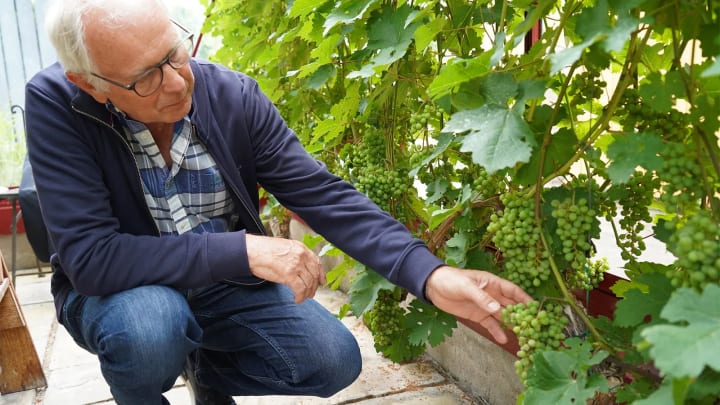
A changing climate is not discriminatory, and no one is spared from the extreme fluctuations in weather. "The net impact for society is overwhelmingly negative," said Kimberly Nicholas, an assistant professor of sustainability science at Lund University in Sweden. "If we were to experience 4C of global warming, Sweden would be the epicentre of Pinot Noir. But if we get to a world with four degrees of warming, we're not going to have a functional world. We're not going to have wine industry that can exist and thrive."
If anything, climate change is forcing winemakers from all over – not just in Arctic nations – to look at alternatives. "We might have to take North African grapes up to Italy because it doesn't rain anymore," said Swedish winemaker Sofia Ruhne, the second-generation owner of Terreno – a winery in the Chianti region of Tuscany, Italy.
To mitigate the impact of heat waves, Ruhne has expanded her Italian estate into high-altitude areas – an investment that she said has paid off already. "You can really see the difference," she said, noting that her high-altitude wines are less alcoholic and more acidic. She is also now conducting experiments on how to best grow wine grapes in the outskirts of Stockholm in Sweden, near a hotel she and her family owns. "The soil outside Stockholm is very fertile because it hasn't been cultivated that many years," she said. "However, vines usually tend to thrive in struggling soils, so we really need to find the right varieties."
Diversification is the key to resilience, and the experimentation happening just below the Arctic Circle might provide valuable lessons to other emerging wine regions around the world. "I don't necessarily think it will be the great new wine region of the future," said Karlsson. "But it is a really interesting place where people will continue to experiment with new kinds of varieties, which will potentially bring big benefits to the rest of the world."
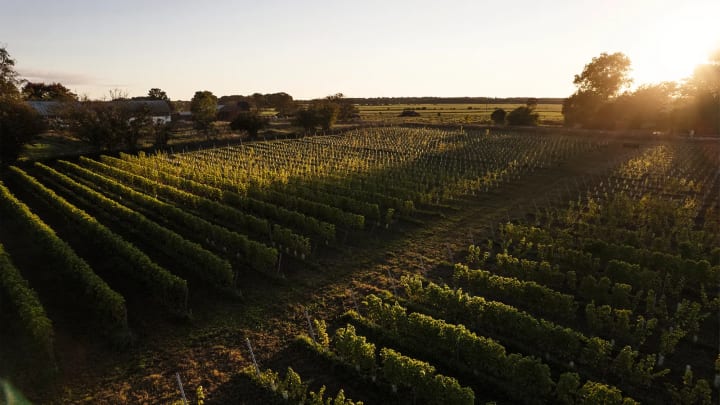
In keeping with this spirit, Serner and Guerra at Långmyre Vineri in Gotland have chosen not to put all their grapes in one basket. Instead of defaulting to Solaris, the cultivar of choice in Scandinavia – they have a selection of five different hybrid grapes including a dark grape called Merlot Kanthus, which is a crossing with Merlot. "In a blind tasting with a Merlot grown in the same conditions, you would never be able to tell the difference," Serner said. "Sweden is such a young wine country that it's too soon to already have one variety that we all grow."
It's been six years since Serner and Guerra first met. Now, they're engaged to be married, and it's safe to say they have achieved their dream of making wine with minimal impact to the environment. Their vineyard is certified organic in Sweden under KRAV standards, one of the strictest ecolabelling schemes in existence.
"Sweden will definitely continue to be one of the most sustainable wine countries in the world because we're all growing resistant varieties," said Serner. "Even though we're not all certified, the practices and the vineyards are organic."


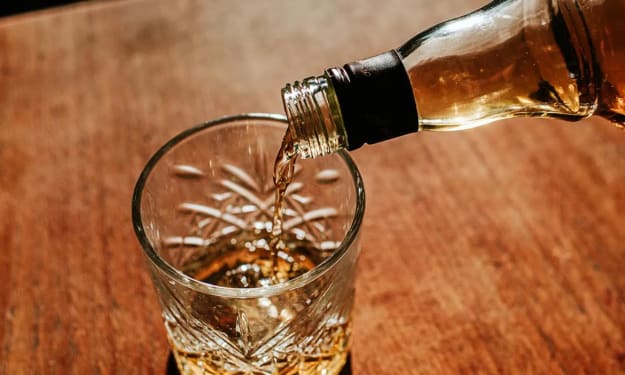



Comments
There are no comments for this story
Be the first to respond and start the conversation.